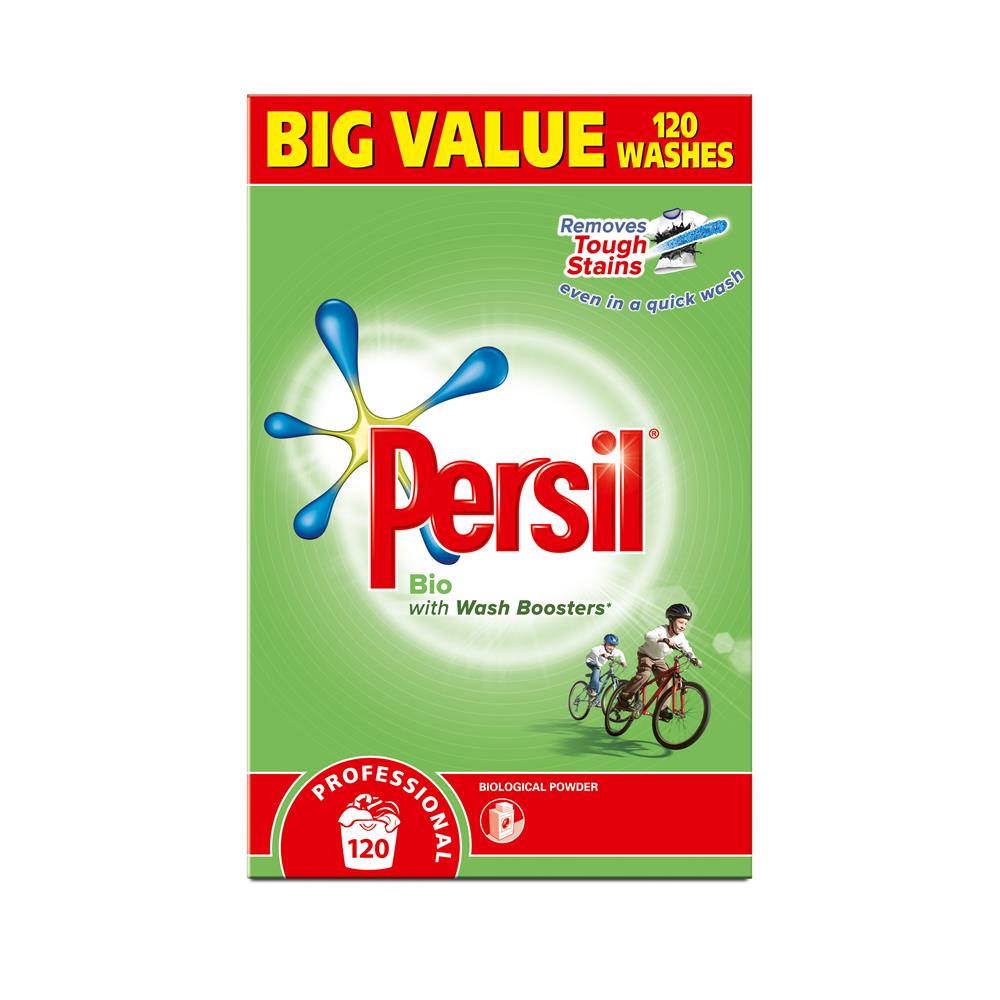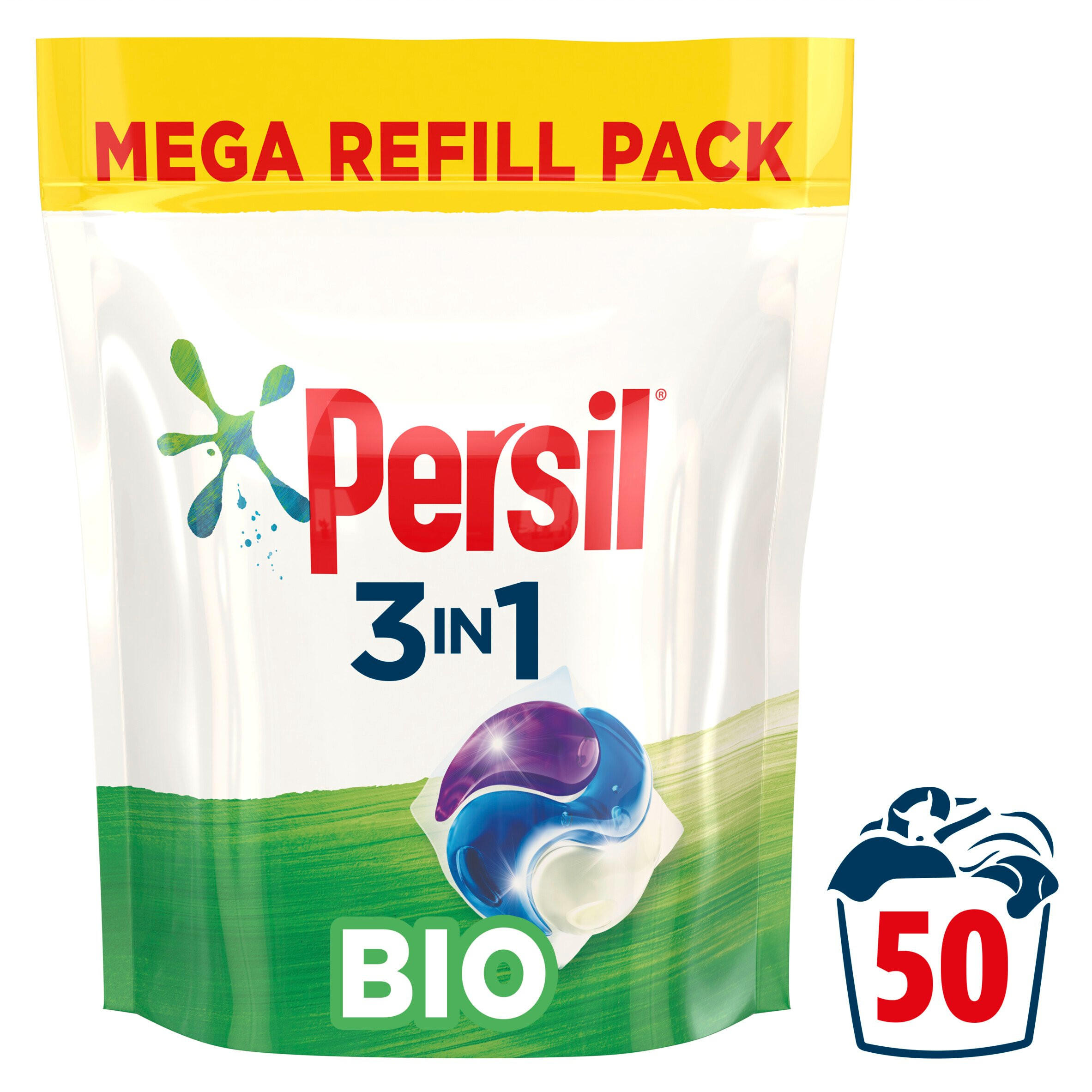

Step Four: After running the swatches on a normal cycle, we let them dry overnight. The swatches were placed in designated places inside the washing machine when we repeated the process.

Each consisted of eight pounds worth of pillowcases, towels, and bedsheets. Step Three: Our stain swatches were used in standardized loads of laundry. We used dirt, grass, tomato sauce, and fresh red wine in our testing and even dragged a colleague through dirt and grass! Step Two: We also produced our own stains in addition to the ones that were mechanically created. All of the detergents were tested using the Maytag MVWC565 top-loading washer on the normal cycle using warm water. Step One: To ensure the testing was consistent, we used mechanically dyed swatches covered in sweat, oil, pig blood, red wine, and cocoa. To simulate the messes you might encounter in the garden or on the soccer field, we uniformly coated white T-shirts with grass and dirt stains.

In exchange for having more harsh chemicals than most free-and-clear detergents, you’re getting a superior clean.
#Persil laundry detergent skin#
Persil Sensitive Skin sits on the fence between hypoallergenic laundry detergents and the standard set we’ve been familiar with for years. There is also some concern about prolonged exposure to propylene glycol, which could cause contact dermatitis. Most notable was the usage of sodium borate, also known as borax, which can cause skin irritation. While testing showed that it’s a great cleaner, we did have some concerns about some of the ingredients. Those who like to cook will enjoy that our testing showed Persil did best against red wine and protein stains. We also appreciate the fact that it is formulated to work in cold water. When we popped open the Sensitive Skin bottle, we mercifully found a very mild scent. We prefer the aroma of this version more than the regular ProClean. The results did not surprise us as regular Persil currently holds the No. Today’s detergents are chemically far more complex than the original Persil, and Persil itself has a range of products to cater to different needs, but it will always retain its place in history as the “first self-acting laundry detergent,” and the image of the White Lady introduced in 1922 and featured on numerous placards and signs remains an advertising classic.Persil ProClean Sensitive Skin came out on top in our cleaning tests for detergents for people with sensitive skin. Silicates have great suspending and anti re-deposition qualities. These minerals react with silicates to form precipitates, just as they do with soap, but the difference is that these precipitates are readily rinsed away and tend not to deposit on the fibres of the cloth being washed. The addition of sodium silicate had a “water softening” effect, meaning that minerals like calcium and magnesium responsible for forming a scum with soap were in a sense neutralized. Sodium perborate did the work of the air and the sun at the same time. Not only did this expose the fabric to oxygen, but also to ultraviolet light from the sun which can also break down coloured molecules. This is why traditionally laundry was either hung out to dry or spread out over grassy fields. Since electrons are the glue that hold molecules together, exposure to oxygen can break down complex molecules, such as the ones responsible for stains. As the prototype “oxidizing agent,” it can steal electrons from molecules. Sodium perborate is an oxygen releasing agent, and oxygen is effective for destroying stains. This “scum” is hard to rinse away and dulls clothes. It isn’t great on coloured stains and it forms a precipitate when used in water that has a high mineral content. While soap cleans well by emulsifying and removing greasy stains, it does present some problems. Washing with soapy water then removes oily residues from a surface. One end of the soap molecule has an affinity for water, the other for oily substances. The ashes supply the alkaline chemicals needed to break down the molecules of fat and convert them into salts of fatty acids which we know as soap.

Just heat some sort of fat with ashes from a wood fire and you get soap. Persil was introduced as an improvement over the action of soap, the traditional cleaning agent first formulated around 1500 BC. The name derived from perborate and silicate, two key components in the product. The world’s first commercially available laundry powder was Persil, introduced by the German company Henkel in 1907.


 0 kommentar(er)
0 kommentar(er)
